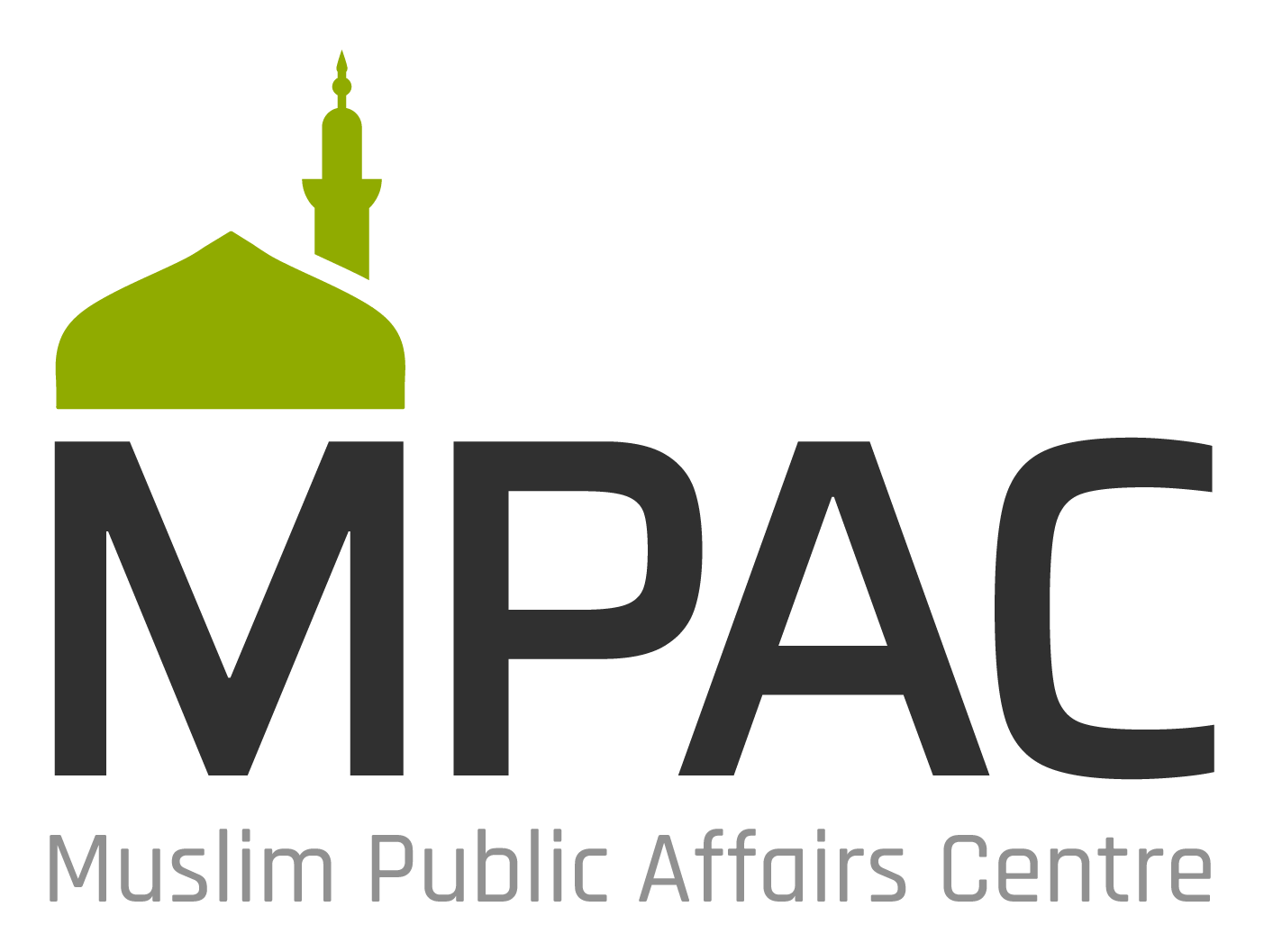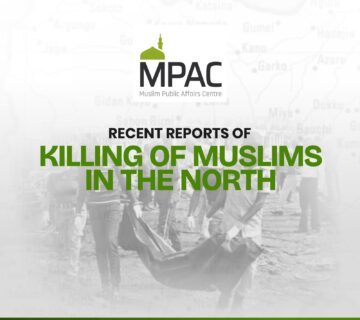Coalitions and alliances are important to the survival of many social movements and political lobbying. Coalitions, being simply groups of organizations or individuals that come together to advance specific common objectives using the power of joint action, are a means of amplifying a social message through a comprehensive show of force in a group of communities. This concept arises from the fact that more can get done through partnerships; it’s best described in the adage that two heads are better than one. A movement best thrives from diversity of ideas and tailoring those ideas for specific communities in order to advance a common goal over a vast stretch of the community. It allows communities to experiment with strategies and share which methods work and which do not. It allows communities to address issues specific to an area without changing the general focus of the movement nationally.
While individual organizations are focused on their unique campaigns, while everyone takes notice of these individual organizations that may seem to geographically fracture the greater movement, the national coalition is a reminder to the rest of the nation that there is one common underlying goal that all these local organizations are pitching into. That is the fundamental reason coalitions exist. It’s a public show of force amplifying individual efforts across a statewide or national stage. Sometimes it may even go as far as amplifying an effort across an international arena.
PURPOSE, MISSION, VISION
The most important step in organizing coalitions is to identify the specific purposes, missions and visions of your alliance. These are the core values on which the coalition will exist. Furthermore, these core values are values that should not be compromised in any way. Unless a group or organization embraces these core values, that group has no business partaking in the partnership being built. Purpose, Mission and Vision (PMV) can be used as a gauge for membership. Only those who are truly committed to a set PMV should find a place in the coalition.
PMV is important in that it establishes a direction for your coalition. There is no sense in having an organization that will get you nowhere. PMV lays out the basic goals for your coalition that you want to have accomplished.
Establishing purpose, mission and vision can be done in two ways. One way is for an “architect” or “founder” to lay the foundations for a PMV and then organize the coalition based on those values. A second way is to build the partnerships first and then group at a meeting and together author a PMV. There are different ways you can achieve the establishment of a PMV. The bottom line is that it is absolutely necessary to have one.
What are purpose, mission and vision respectively? Aren’t they all the same? They are not. All three are necessary in the portrayal of your coalition as having real purpose in the fabric of the immediate community or society as a whole. PMV provides three different ways to express the reasons for your coalition’s being. PMV are meant to be repetitive expressing core principles in generalities, another expresses those principles in detail and the last expresses those principles in philosophic terms.
Purpose
Purpose can be thought of as a list of generalized reasons why a coalition exists. If not a list, it can be a simple one line description about the ultimate objective of a coalition. Purpose statements are often general in nature, but they can be specific as well.
Mission
Mission can be thought of as a list of short, detailed goals that a coalition seeks to ultimately accomplish. They should all be related to the purpose statement. It is important that these mission statements are absolutely specific in nature. They should be written in such a manner as to be able to move them from a list of missions eventually into a list of accomplishments for your organization. An organization’s mission can slowly evolve over time as circumstances change in society. Depending on your organization’s rules and regulations, as stipulated by your by-laws, your coalition may have to vote on altering or adding mission statements.
Vision
Vision can be thought of as an ethos or philosophy. This is an elaborate, almost poetic statement of what an organization thinks about how things should be within their organization and what they see as their contribution to society in general, with respect to purpose and mission. It should convey the values and belief-system particular to the coalition.
INFRASTRUCTURE
The next important step in organizing coalitions and alliances that extend over massive jurisdictions (i.e. large metropolitan areas, local governments, states or even vast national regions) is to lay the foundations for an infrastructure that can accommodate administrative functions necessary to actually run the campaign of creating the partnerships needed for an alliance to exist in the first place. Later on, the infrastructure will take on a purpose of maintaining and preserving that alliance.
There are five infrastructure elements that must be established in order to run an effective coalition based campaign:
1. Communication
2. Administration
3. Constitution
4. Convention
5. Financial
1. Communication
Communication is the most essential element of an alliance’s infrastructure. Coalitions tend to stretch over large tracts of territory. The problem with long distance relationships is that communication becomes restrictive. Fortunately, we live in an information age where technology is made available easily.
Efficient coalitions will have the ability to gather and share information frequently. It is encouraged that this information gathering and sharing be delivered over the internet as the most efficient method available.
There are five essential elements to an effective communication infrastructure for coalitions:
1. Website
2. Central email address
3. Web community
4. Discussion board
5. Listserv
Websites have become essential to educate members and the public as to the purpose of the organization. Coalitions will build websites for different reasons. These reasons may include but are not limited to provide contact information, to advertise programming and services provided, to share news.
Websites are easy to make and will not cost you anything, unless you wish to purchase your own domain name. Purchasing your own domain name is not necessary but would be a very good investment to make. You would have a personalized web address that would be easier to remember (as opposed to one provided by a free host) and it would be easier to advertise the address to the public.
If you are going to build a website, there are elements that are must have: name of your coalition, the general makeup of your membership, purpose of your organization (PMV recommended), meeting places and times (if your coalition meets regularly), contact information, and links to your central email address, web community and discussion board.
A central email address needs to be maintained so that all inquiries and correspondence can be tracked and received at the same place. There are thousands of free email services available. The most popular free email services are Gmail, Hotmail, Yahoo and others.
Websites are optional. But web communities are absolutely essential for a coalition to conduct its business over vast stretches of distance. Web communities offer multiples of communication devices for your membership. The type of devices available depends on the web community host you choose. The most popular web community hosts are MSN Communities, Yahoo! Groups and Lycos Clubs. Common elements include calendars, private chat rooms, file uploading (so you can make documents readily available for members to read), photo uploading (so you can share photographs) and polling (allowing members to vote on issues online). Most important of these devices are discussion boards and listserv.
Discussion boards allow for members to post messages and questions for other members to consider. Series of messages are threaded together to make up whole debates and conversations. In observing coalition s that rely on the services of web communities, the discussion board is the most utilized component of the web community, along with the listserv.
A listserv allows members to contact the entire membership with a single email composition. Sometimes the listserv is directly connected to the discussion board. Whenever someone posts a message on the discussion board, the message is sent out to all members of the organization via email. The primary benefit of a listserv is that when information is shared, no one member is left out of the loop of current affairs of the organization. Everyone is informed.
2. Administration
The next most essential element to a coalition’s infrastructure is its administration. There are different methods of governing a coalition. A coalition can be led by an autocratic regime, where one person is in charge of the entire coalition and has powers of full and complete authority over the member groups. If that authority rests in a central committee, it would be an oligarchy regime. On the other hand, a coalition can be democratically elected in a representative form of governance where each member organization of the coalition will elect a representative for a seat on a coalition council. A representative coalition tends to be hierarchical with a chairman or president at the head, a vice president and several committee chairmen under. Another, more egalitarian method of governance, also known as laissez-faire or consensus dynamic, each member organization is autonomous and independent and cannot be ruled over by the coalition’s leadership. The leadership, instead of having policy-making powers, is a mere facilitator, making sure that information being shared is being collected and dispersed to all the member groups who are mere subscribers to this information sharing process.
In the “creation stage” of the coalition building process, before the coalition exists and is merely an idea in the making, there may be a provisional governance dynamic led by a planning committee. Usually members of the planning committee are invited to join the group by a founding member or architect whose idea it was to create the coalition. After establishing who the members of the coalition will be, the planning committee would call for a convention to discuss and decide what kind of coalition governance they would like to have.
Ultimately, decisions about what kind of government a coalition will have will best be determined by the members of the coalition en bloc in a convention. The issue is best determined by those being governed.
3. Constitution
Whatever the form of governance the coalition decides to have, the structure of that government and the method by which that government is elected or selected must be embodied in a formal charter, constitution or by-laws that is legally binding for that coalition.
The constitution is essential in legitimizing the authority of the chosen leaders of the coalition, determining the powers of each leadership role, determining the kinds of committees an organization needs, set the official operational procedures (how the coalition conducts its business), and listing all the rules and regulations of the coalition as a whole. Technically, a coalition does not exist without a standard document of rules and procedures. Every organization/coalition needs to have a constitution
4. Convention
Although coalitions may be restricted from meeting because of the vast distances each member group must overcome, the legitimacy of the coalition cannot be preserved without at least one convention at regular year-based intervals. There has to be a meeting to discuss vital issues as a collective and collaborate on the methods by which each organization is handling their specific campaigns.
A convention also provides a venue through which the coalition leadership can make sure that all member groups are in fact working towards the adopted PMV. If there is a breach of that PMV commitment, coalition leadership must address and remedy that breach.
5. Financial
If your coalition has an intention of building an endowment and/or collect membership dues, your organization must set up a financial infrastructure and maintain it responsibly. This element of your coalition building process is important because it will involve federal and state governments’ intervention into the affairs of your organization.
If your coalition will have assets as a result from membership dues and other funding, you must register with the Corporate Affairs Commission (CAC) in Abuja for nonprofit status as established by the Companies and Allied Matters Act, which was promulgated in 1990 to regulate the formation and management of legal entities in Nigeria. Every year, your coalition must submit detailed reports as to your asset value by completing an income tax form for your state and the CAC. Noncompliance will result in legal ramifications which could entail court-ordered fines.
For legal purposes, your by-laws should include a section that covers financial management, protocol and operating procedures (i.e., an outline of how a committee can get approval for purchases, etc.). That same section should include a clause that covers a process to remove a Financial Secretary and Treasurer if in case a circumstance warrants such removal.
PLANNING ITINERARY
1. Write a preliminary outline of your purpose, mission and vision.
2. Choose a base for your organization, headquartering the coalition from a central institution as a permanent address.
3. Put together a planning committee. Planning committee members should comprise members of the organizations you seek to build the coalition for, if at all possible.
4. Set up your central communication infrastructure: email address and web community.
5. Determine the type of leadership structure you would like your coalition to have.
6. Send out invitations to organizations to formally join your coalition.
7. Set up a meeting date for all organizations to meet to discuss the logistics for your coalition. Make sure all organizations are represented.
8. Set up a meeting structure to govern meeting protocol: Draft a charter and by-laws.
9. Put the charter and by-laws up for a vote at a convention. Elect officers at the same convention.
10. Create a website with basic information for your coalition. Update the website with latest news and announcements.
11. If dues are collected and fund-raising efforts will be involved, open a free checking account.
12. Solicit the aid of a volunteer Financial Secretary. File appropriate financial forms: not-for-profit status, licenses, etc.
13. Set up a database: membership roster, list of dues paid, names and addresses, etc.






